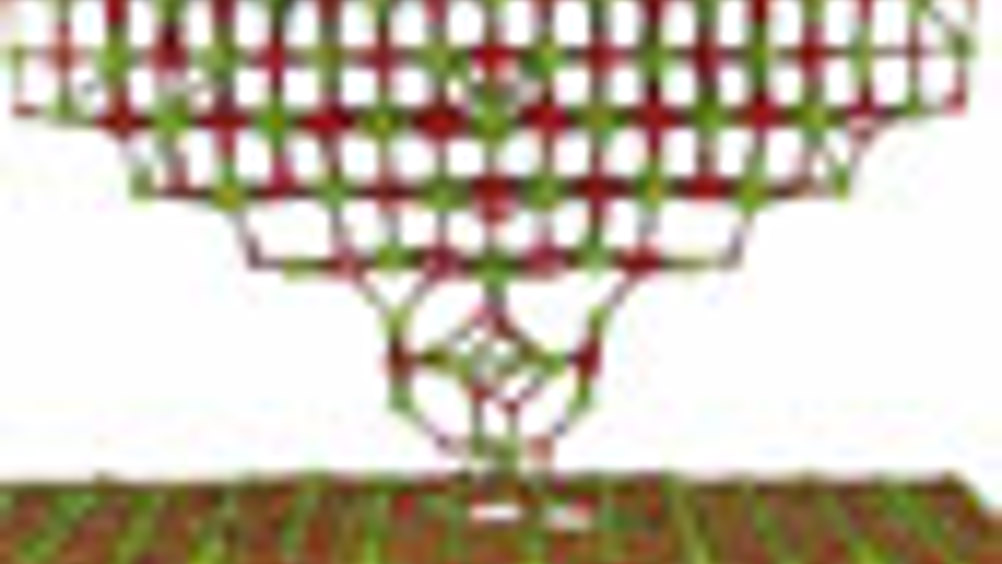Powder computing
UK scientists are finding a way to model powders at the atomic level using a computer.

At first glance, a powder is a powder. But, look more closely and the picture is not so simple. How does a powder behave when it flows, what happens if the particles from which it is composed stick to each other, and what effect does particle size and shape have on the powder behaviour?
What if the particles are different sizes? What are the effects of friction between touching particle surfaces? The answers to such questions could provide researchers with important insights into the behaviour of granular substances with particular relevance to industrial processes involving powders. Such fundamental understanding could help manufacturers improve product quality and lower energy consumption and costs.
With EPSRC support and in collaboration with industry, Professor Kevin Kendall of The
Register now to continue reading
Thanks for visiting The Engineer. You’ve now reached your monthly limit of premium content. Register for free to unlock unlimited access to all of our premium content, as well as the latest technology news, industry opinion and special reports.
Benefits of registering
-
In-depth insights and coverage of key emerging trends
-
Unrestricted access to special reports throughout the year
-
Daily technology news delivered straight to your inbox










Breaking the 15MW Barrier with Next-Gen Wind Turbines
Hi Martin, I don´t have any detailed parameters for the 15MW design other than my reading of the comment in the report ´aerodynamic loads at blade-tip...